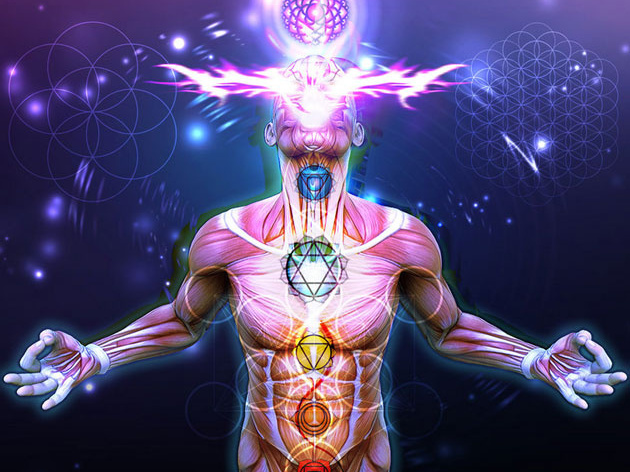
Ray Johnson’s Isn’t That True invites us to linger in the unspoken spaces of human connection and self-awareness. As the third single from the evocatively titled Other Times and Other Places, created with Dave Bieritz, the opus stands as more than a piece of music, it is an introspective dialogue, a quiet confrontation with the nature of truth, memory, and our place within the broader narrative of existence. Rooted in the nostalgic warmth of jangly ’60s pop and the confessional authenticity of ’70s singer-songwriters, Johnson’s artistry feels timeless, as though he’s managed to extract universal truths from the fleeting details of everyday life.
The lyrics, at first glance, appear disarmingly simple, yet within their simplicity lies profound philosophical questioning. The refrain, “Isn’t that true?”, functions not merely as a rhetorical statement but as an existential echo – an inquiry that reverberates through the corridors of human thought. What truths do we cling to, and how often are they constructs born of perception rather than reality? Each verse dances between personal vulnerability and collective understanding, as Johnson skillfully walks the tightrope between the individual and the universal. The lyrics evoke a quiet sense of longing, hinting at the impermanence of all things and the fleeting moments that define what it means to be alive.
Johnson’s use of imagery and metaphor transforms the song into a meditation on the fragility of truth itself. Truth, in the world of Isn’t That True, is not static but fluid – shaped by time, perspective, and memory. One could interpret the song as an exploration of how we reconcile the tension between our subjective truths and the objective realities we yearn to understand. In this sense, Johnson’s lyrics transcend mere storytelling; they engage the listener in a philosophical dialogue about the human condition. Are the truths we hold dear merely illusions that provide us comfort, or are they glimpses of something deeper, something eternal? The song offers no definitive answers, leaving us instead to ponder and to feel.

The music, too, mirrors this philosophical depth. The arrangement is understated yet profound, each note creating space for contemplation. The gentle acoustic guitar becomes a metaphorical tether to the tangible world, grounding the listener even as the lyrics prompt us to float into the intangible. The restrained production – subtle piano flourishes, delicately layered strings, and the soft ebb and flow of the rhythm – reflects the duality of existence: the tension between simplicity and complexity, the seen and the unseen.
Ultimately, Isn’t That True is an existential tapestry woven with threads of vulnerability, longing, and quiet hope. It does not force answers upon us but instead creates a reflective space, a mirror in which we see our own truths and doubts staring back at us. Johnson’s philosophical approach to songwriting elevates this track beyond mere entertainment, making it a timeless exploration of what it means to be human. Like a whispered question on the edge of sleep, the song lingers, subtly shifting the way we think about truth, memory, and our own transient place in the universe. In this way, Isn’t That True becomes a work of art that grows not louder, but deeper, the more one listens.
We have added Isn’t That True to our New Music Spotlight playlist, and our TIMELESS playlist, whilst we continue to stream Ray Johnson’s wider discography, including Half A Chance, and Promises of Dreams.
